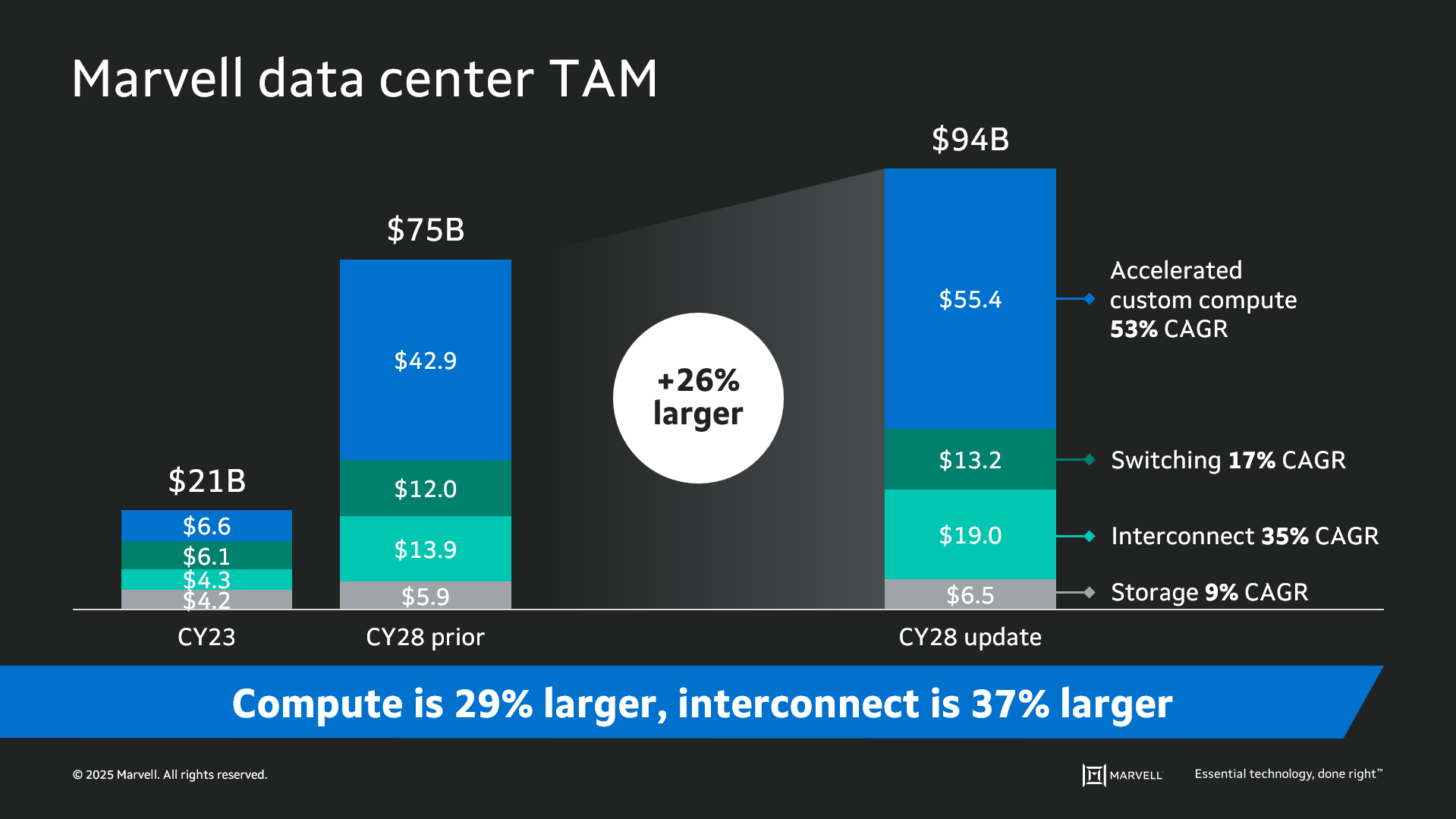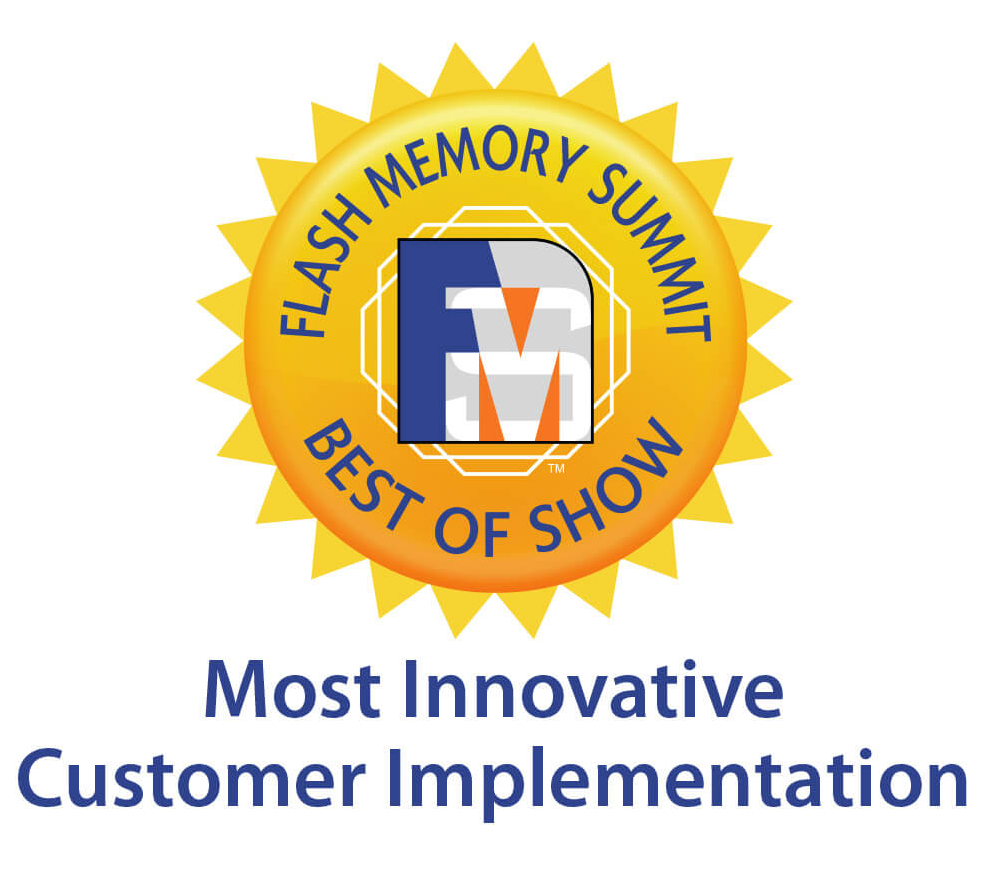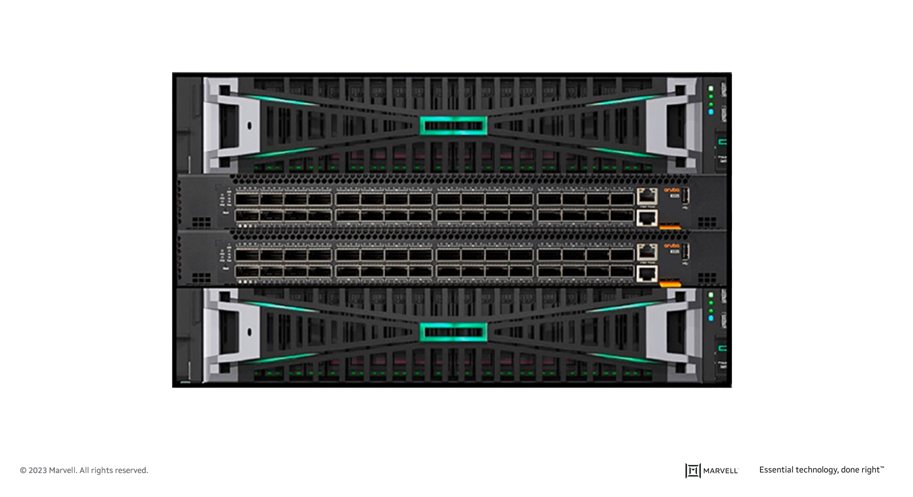

By Chander Chadha, Director of Marketing, Flash Storage Products, Marvell
AI is all about dichotomies. Distinct computing architectures and processors have been developed for training and inference workloads. In the past two years, scale-up and scale-out networks have emerged.
Soon, the same will happen in storage.
The AI infrastructure need is prompting storage companies to develop SSDs, controllers, NAND and other technologies fine-tuned to support GPUs—with an emphasis on higher IOPS (input/output operations per second) for AI inference—that will be fundamentally different from those for CPU-connected drives where latency and capacity are the bigger focus points. This drive bifurcation also likely won’t be the last; expect to also see drives optimized for training or inference.
As in other technology markets, the changes are being driven by the rapid growth of AI and the equally rapidly growing need to boost the performance, efficiency and TCO of AI infrastructure. The total amount of SSD capacity inside data centers is expected to double to approximately 2 zettabytes by 2028 with the growth primary fueled by AI.1 By that year, SSDs will account for 41% of the installed base of data center drives, up from 25% in 2023.1
Greater storage capacity, however, also potentially means more storage network complexity, latency, and storage management overhead. It also means potentially more power. In 2023, SSDs accounted for 4 terawatt hours of data center power, or around 25% of the 16 TWh consumed by storage. By 2028, SSDs are slated to account for 11TWh, or 50%, of storage’s expected total for the year.1 While storage represents less than five percent of total data power consumption, the total remains large and provides incentives for saving. Reducing storage power by even 1 TWh, or less than 10%, would save enough electricity to power 90,000 US homes for a year.2 Finding the precise balance between capacity, speed, power and cost will be critical for both AI data center operators and customers. Creating different categories of technologies becomes the first step toward optimizing products in a way that will be scalable.
By Michael Kanellos, Head of Influencer Relations, Marvell
The opportunity for custom silicon isn’t just getting larger – it’s becoming more diverse.
At the Custom AI Investor Event, Marvell executives outlined how the push to advance accelerated infrastructure is driving surging demand for custom silicon – reshaping the customer base, product categories and underlying technologies. (Here is a link to the recording and presentation slides.)
Data infrastructure spending is now slated to surpass $1 trillion by 20281 with the Marvell total addressable market (TAM) for data center semiconductors rising to $94 billion by then, 26% larger than the year before. Of that total, $55.4 billion revolves around custom devices for accelerated compute1. In fact, the forecast for every major product segment has risen in the past year, underscoring the growing momentum behind custom silicon.

The deeper you go into the numbers, the more compelling the story becomes. The custom market is evolving into two distinct elements: the XPU segment, focused on optimized CPUs and accelerators, and the XPU attach segment that includes PCIe retimers, co-processors, CPO components, CXL controllers and other devices that serve to increase the utilization and performance of the entire system. Meanwhile, the TAM for custom XPUs is expected to reach $40.8 billion by 2028, growing at a 47% CAGR1.
By Kristin Hehir, Senior Manager, PR and Marketing, Marvell
 Powered by the Marvell® Bravera™ SC5 controller, Memblaze developed the PBlaze 7 7940 GEN5 SSD family, delivering an impressive 2.5 times the performance and 1.5 times the power efficiency compared to conventional PCIe 4.0 SSDs and ~55/9us read/write latency1. This makes the SSD ideal for business-critical applications and high-performance workloads like machine learning and cloud computing. In addition, Memblaze utilized the innovative sustainability features of Marvell’s Bravera SC5 controllers for greater resource efficiency, reduced environmental impact and streamlined development efforts and inventory management.
Powered by the Marvell® Bravera™ SC5 controller, Memblaze developed the PBlaze 7 7940 GEN5 SSD family, delivering an impressive 2.5 times the performance and 1.5 times the power efficiency compared to conventional PCIe 4.0 SSDs and ~55/9us read/write latency1. This makes the SSD ideal for business-critical applications and high-performance workloads like machine learning and cloud computing. In addition, Memblaze utilized the innovative sustainability features of Marvell’s Bravera SC5 controllers for greater resource efficiency, reduced environmental impact and streamlined development efforts and inventory management.
By Todd Owens, Field Marketing Director, Marvell
While Fibre Channel (FC) has been around for a couple of decades now, the Fibre Channel industry continues to develop the technology in ways that keep it in the forefront of the data center for shared storage connectivity. Always a reliable technology, continued innovations in performance, security and manageability have made Fibre Channel I/O the go-to connectivity option for business-critical applications that leverage the most advanced shared storage arrays.
A recent development that highlights the progress and significance of Fibre Channel is Hewlett Packard Enterprise’s (HPE) recent announcement of their latest offering in their Storage as a Service (SaaS) lineup with 32Gb Fibre Channel connectivity. HPE GreenLake for Block Storage MP powered by HPE Alletra Storage MP hardware features a next-generation platform connected to the storage area network (SAN) using either traditional SCSI-based FC or NVMe over FC connectivity. This innovative solution not only provides customers with highly scalable capabilities but also delivers cloud-like management, allowing HPE customers to consume block storage any way they desire – own and manage, outsource management, or consume on demand. HPE GreenLake for Block Storage powered by Alletra Storage MP
HPE GreenLake for Block Storage powered by Alletra Storage MP
At launch, HPE is providing FC connectivity for this storage system to the host servers and supporting both FC-SCSI and native FC-NVMe. HPE plans to provide additional connectivity options in the future, but the fact they prioritized FC connectivity speaks volumes of the customer demand for mature, reliable, and low latency FC technology.
By Kishore Atreya, Director of Product Management, Marvell
Recently the Linux Foundation hosted its annual ONE Summit for open networking, edge projects and solutions. For the first time, this year’s event included a “mini-summit” for SONiC, an open source networking operating system targeted for data center applications that’s been widely adopted by cloud customers. A variety of industry members gave presentations, including Marvell’s very own Vijay Vyas Mohan, who presented on the topic of Extensible Platform Serdes Libraries. In addition, the SONiC mini-summit included a hackathon to motivate users and developers to innovate new ways to solve customer problems.
So, what could we hack?
At Marvell, we believe that SONiC has utility not only for the data center, but to enable solutions that span from edge to cloud. Because it’s a data center NOS, SONiC is not optimized for edge use cases. It requires an expensive bill of materials to run, including a powerful CPU, a minimum of 8 to 16GB DDR, and an SSD. In the data center environment, these HW resources contribute less to the BOM cost than do the optics and switch ASIC. However, for edge use cases with 1G to 10G interfaces, the cost of the processor complex, primarily driven by the NOS, can be a much more significant contributor to overall system cost. For edge disaggregation with SONiC to be viable, the hardware cost needs to be comparable to that of a typical OEM-based solution. Today, that’s not possible.